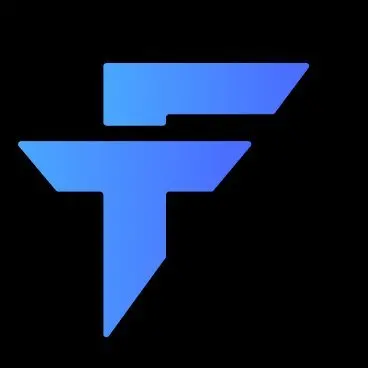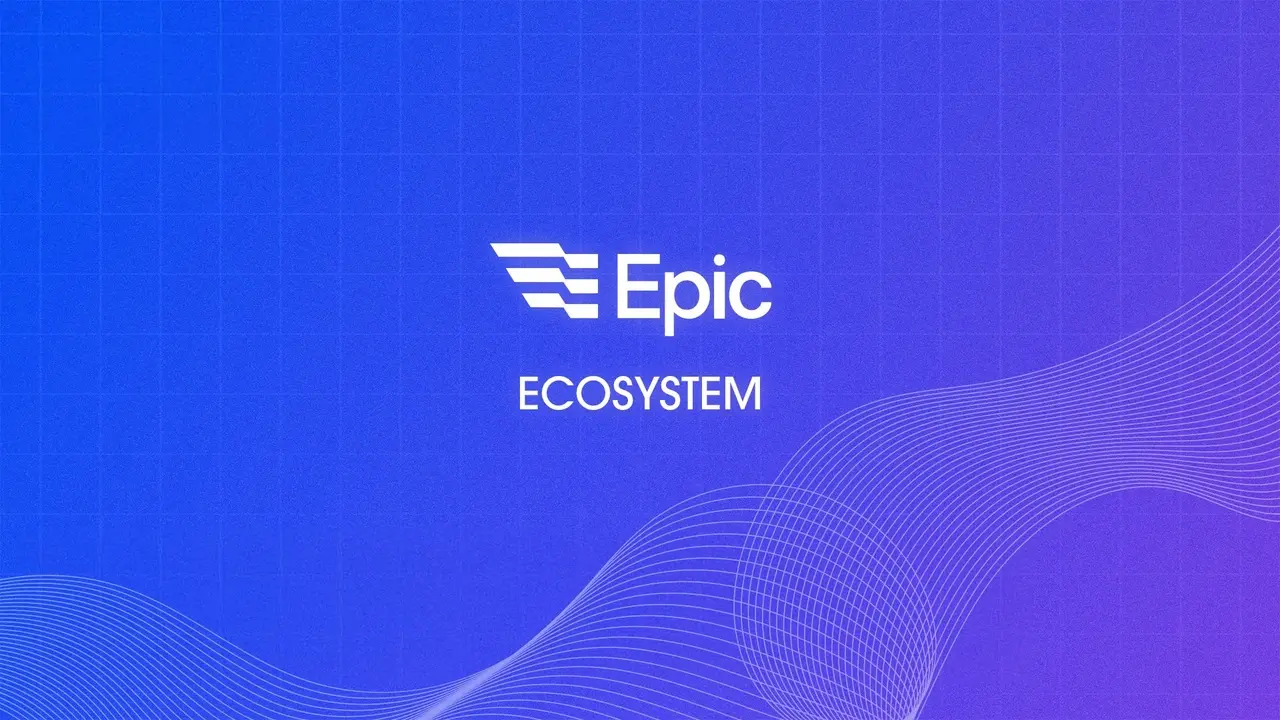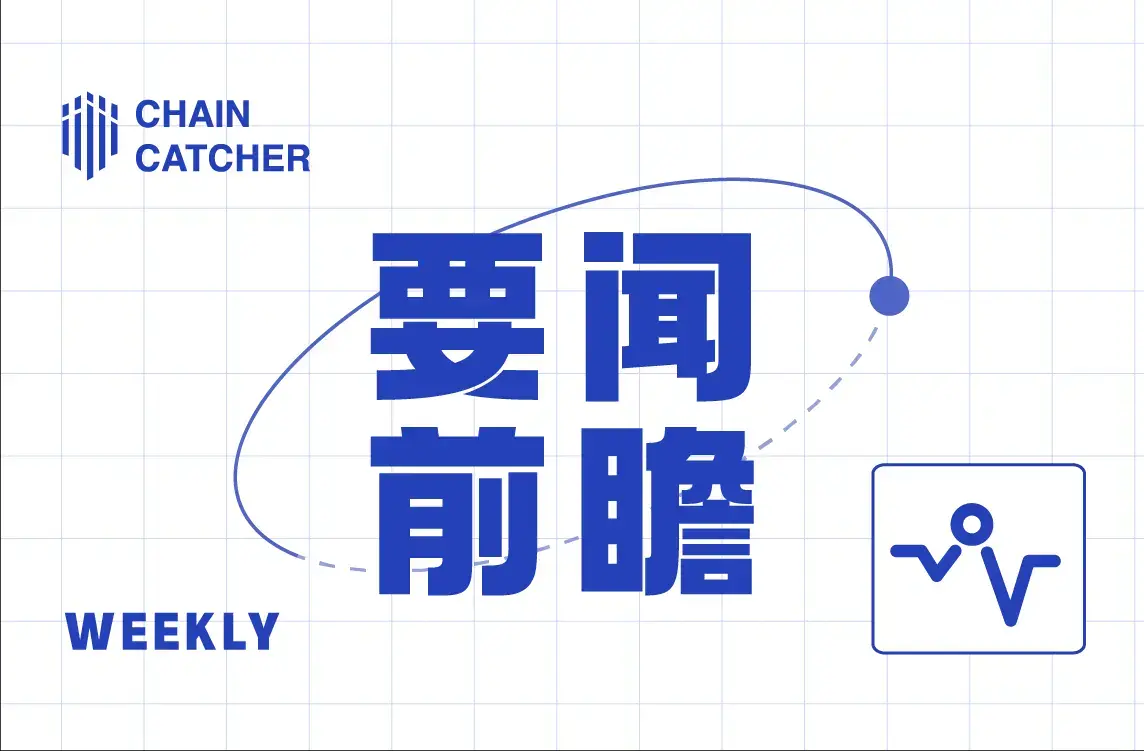How does Starknet make Ethereum faster and more secure?
As the demand for blockchain technology continues to grow, the current limitations in scalability and privacy protection have become increasingly prominent, with the Ethereum network being a typical representative. To effectively address these challenges, the importance of Layer 2 scaling solutions is becoming more evident. These solutions aim to shift part of the transaction processing off the Ethereum main chain to enhance system throughput, reduce transaction costs, and ensure that the security of transactions is not compromised. At the same time, they also focus on strengthening privacy protection measures, committed to safeguarding user data from leaks and ensuring the confidentiality of information.
1. What is Starknet?
Starknet, as a cutting-edge Layer 2 scaling solution, is designed specifically to enhance the Ethereum network and alleviate its congestion issues. It utilizes zk-STARKs (Zero-Knowledge Scalable Transparent Arguments of Knowledge), an innovative technology that significantly enhances data security, privacy protection, and system scalability. With Starknet, developers can build and run high-performance smart contracts in a decentralized environment without worrying about high transaction fees or security concerns.

The core mission of Starknet is to provide an ideal platform for high-performance, low-cost decentralized applications (DApps), particularly catering to the needs of cutting-edge fields such as decentralized finance (DeFi), non-fungible tokens (NFTs), and game finance (GameFi). Leveraging its outstanding flexibility and advanced features, developers can utilize the unique Cairo language, combined with Starknet's high throughput and high customizability, to create innovative and personalized DApps.
The creator of Starknet, StarkWare, is a leading company based in Israel, focused on building Layer 2 blockchain solutions for Ethereum. In addition to Starknet, StarkWare has also developed StarkEx, aimed at enhancing the scalability and operational efficiency of decentralized exchanges.
The Starknet ecosystem has experienced significant growth, with project value increasing markedly. This growth can be attributed to the advantages provided by Starknet, the innovative projects being developed within the ecosystem, and the challenges it aims to address. As Starknet continues to evolve, it has the potential to fundamentally change Ethereum's scalability and functionality, driving the adoption of blockchain technology across various industries.
2. How does Starknet work?
The operational efficiency of Starknet in the blockchain technology field has been significantly enhanced, primarily due to the close collaboration between two core components in its Layer 2 framework—Sequencer and Prover. The Sequencer, as the pioneer of transaction processing, goes beyond traditional Ethereum nodes by efficiently collecting, sorting transactions, and integrating them into blocks. In this process, the Sequencer acts as the first filter, allowing only verified valid transactions to enter the proposed block, thereby ensuring high data integrity and effectively alleviating network congestion during block creation.
Once the Sequencer completes the compilation of the block, the Prover takes over, assuming the critical responsibility of Layer 2 verification. The Prover utilizes zk-STARK (Zero-Knowledge Scalable Transparent Argument of Knowledge) technology to generate cryptographic proofs for these blocks. This process not only records the transitions of the blockchain state but also verifies the authenticity of transactions by creating detailed execution traces and state differences. The core task of the Prover is to ensure that the blocks submitted by the Sequencer are correct, meaning there are no erroneous or fraudulent transactions. To this end, they generate a robust STARK proof for each block, providing an additional layer of verification before the data is finally written to the blockchain.

This strict interaction process between the Sequencer and Prover is crucial for maintaining the security and efficiency of blockchain transactions. When the data finally reaches the Ethereum mainnet for confirmation, it has undergone multiple layers of verification, ensuring the accuracy and security of transactions. This meticulous verification mechanism is vital for establishing trust and reliability in blockchain transactions, especially for applications that demand high security and transparency.
By introducing the Sequencer and Prover, Starknet demonstrates a complex yet efficient method of processing blockchain transactions. This setup not only significantly enhances transaction throughput but also effectively reduces the operational burden on the Ethereum main network, providing an innovative solution to the scalability issues in blockchain technology.
As an important milestone in the evolution of blockchain, zk-Rollup technology fully leverages the work of the Sequencer and Prover, further compressing transaction data to achieve higher scalability and lower transaction costs on the Ethereum network. Starknet's innovative practices highlight its steadfast commitment to continuously improving the scalability and efficiency of blockchain technology through advanced cryptographic methods and system design.
3. Core Technologies of Starknet
Starknet, as a cutting-edge Layer 2 scaling solution designed for Ethereum, aims to alleviate network congestion and significantly enhance scalability. By adopting zk-STARKs (Zero-Knowledge Scalable Transparent Arguments of Knowledge), it not only enhances data security, privacy, and scalability but also enables developers to efficiently build and run smart contracts in a decentralized environment without worrying about high transaction fees or security threats.
zk-STARKs, a cryptographic innovation pioneered by StarkWare, is at the core of Starknet's achievement of its Layer 2 goals. This technology combines modern algebra with verified hash functions to shift complex computational processes from on-chain to off-chain STARK provers. The cryptographic proofs generated by STARK provers are then verified by on-chain STARK verifiers, ensuring the accuracy of all computations. zk-STARKs not only lead the speed of similar cryptographic structures but also rely on fewer and more secure cryptographic assumptions, providing natural defenses against quantum attacks, and are entirely transparent with no hidden vulnerabilities.
The Starknet platform integrates several key components that collectively support its efficient and cost-effective smart contract processing capabilities:
- Contract Registry: An index of all smart contracts on Starknet, facilitating user discovery and interaction.
- ZK Operator: Responsible for generating zero-knowledge proofs for transactions, managing the Merkle tree data structure, and ensuring the authenticity and accuracy of the proofs.
- Execution Manager (EM): The command center for executing smart contracts, handling transactions, and updating network states to ensure smooth system operation.
- Verifier: Responsible for verifying the zero-knowledge proofs submitted by users, ensuring the legality and integrity of contract execution.
- Cairo Programming Language: Optimized for zk-STARKs, enabling developers to write complex and secure smart contracts and providing a local testing environment to validate the reliability and efficiency of contracts.
- Proof Verifier Factory: Responsible for generating and managing verifiers, ensuring the efficient execution of the verification process.
- Storage Layer: An efficient data structure based on Merkle trees, supporting rapid data storage and retrieval for smart contracts.
- Gateway: Connects Ethereum and Starknet, allowing users to conveniently transfer funds between the two platforms and enjoy the various advantages offered by Starknet.
Starknet achieves seamless integration of off-chain computation and on-chain verification through zk-STARKs technology, ensuring the integrity and privacy of blockchain computations. Its underlying technologies, including the Cairo language, STARK provers, and verifiers, have demonstrated exceptional reliability and efficiency in real-world production environments.
4. Starknet Team and Funding Information
The Starknet team consists of over 80 members, with several core members being well-known. Eli Ben-Sasson is the founding scientist of Zcash and the inventor of zkSNARKs, with significant research and influence in the ZK-Rollup field. Other members include Henri Lieutaud, the developer relations lead at Starknet Foundation, and James Strudwick, the Executive Director of StarkNet and former head of ecosystem growth, previously serving as Vice President of Growth at Mina Foundation and Business Development Lead at Alpaca Finance, graduated from the University of Bath.

In terms of funding, Starknet raised $5.5 million in a seed round led by Binance Labs, with participation from Crypto.com, Genblock Capital, Yield Guild Games (YGG), Delphi Digital, Animoca Brands, Hashkey Capital, ExNetwork Capital, Double Peak Group, Mechanism Capital, Alameda Research, Merit Circle, and others. A strategic round raised $2.5 million from Hashkey Capital, Merit Circle, YGG SEA, AVOCADO GUILD, and others.
5. Starknet Token Economics
The StarkNet Foundation is set to launch the StarkNet supply plan, a key initiative to distribute StarkNet tokens (STRK) to its community members, who are at the forefront of developing and participating in DApps that are expected to revolutionize the digital landscape. STRK is central to the StarkNet ecosystem, facilitating network fee payments, enabling user participation in staking, and allowing governance decisions. The total supply is 10 billion tokens, with the distribution plan as follows:
Core Contributors: 32.9% (3,290,000,000 STRK)
StarkWare Investors: 17% (1,700,000,000 STRK)
R&D Grants: 12% (1,200,000,000 STRK)
StarkNet Foundation: 10% (1,000,000,000 STRK)
Community Rebates: 9% (900,000,000 STRK)
Community Reserve: 9% (900,000,000 STRK)
Unallocated: 8.1% (810,000,000 STRK)
Donations: 2% (200,000,000 STRK)

6. Future Value Analysis of Starknet
Starknet is a Layer 2 solution built on Ethereum that addresses the scalability challenges of blockchain technology. It offers high performance, low transaction fees, and improved user experience. By leveraging zk-STARKs, Starknet maintains the integrity and privacy of computations while increasing network throughput. It has the potential to fundamentally change the development of DApps and smart contracts, supporting complex solutions in fields such as DeFi, NFTs, and gaming. The integration of Starknet with Ethereum is supported by the Ethereum Foundation and prominent investors, highlighting its potential impact on the broader blockchain ecosystem.









